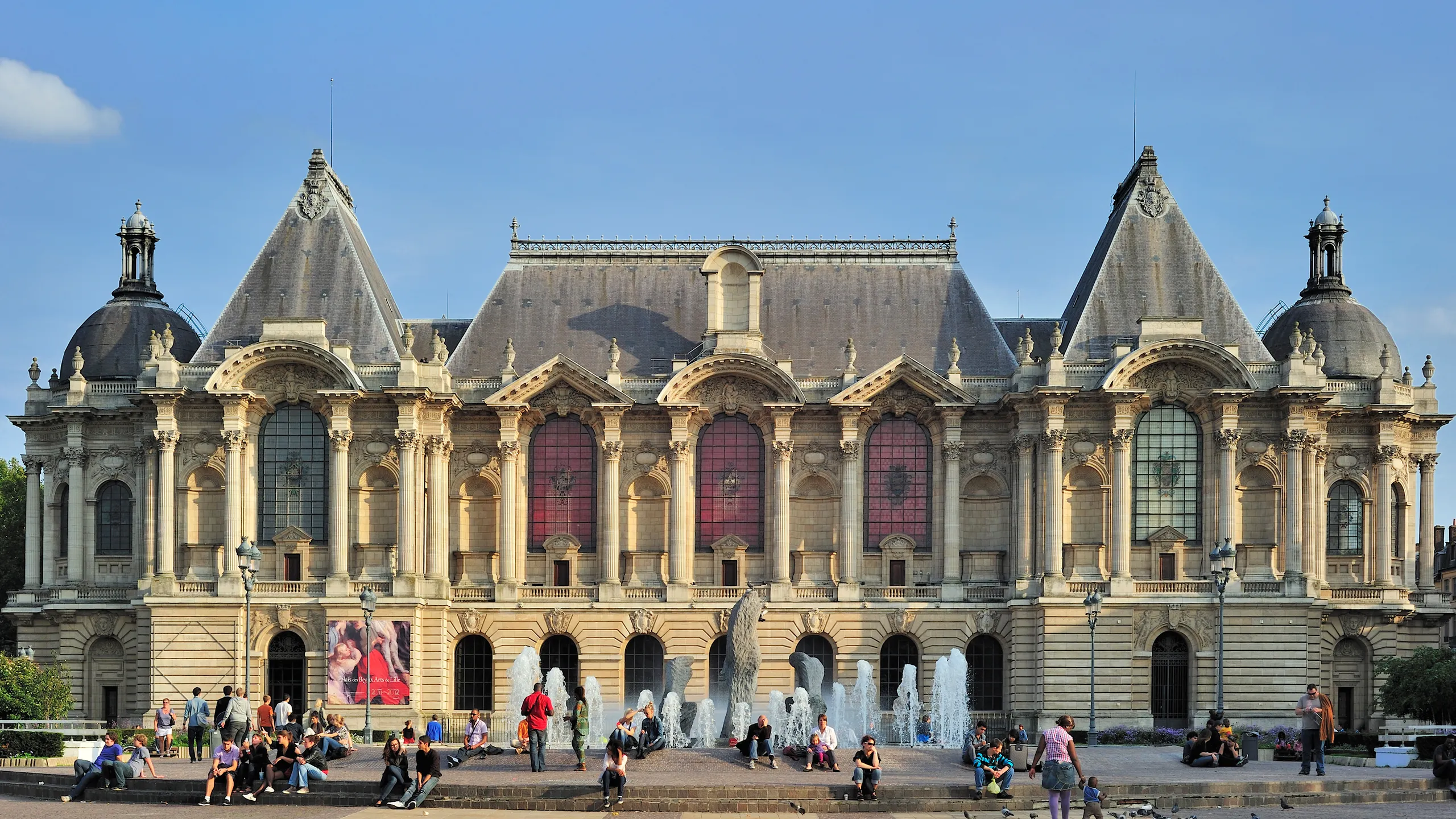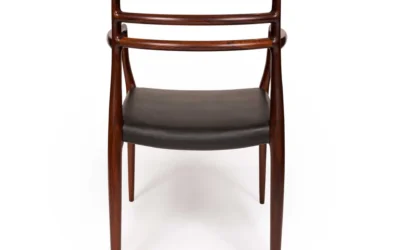The Psychology of Beaux Arts

Beaux-Arts architecture, which flourished from the 1830s to the early 1900s, represents the pinnacle of academic classicism. Originating from the École des Beaux-Arts in Paris, this style is characterized by its grandeur, symmetry, and lavish ornamentation. In this exploration, we’ll delve into the historical context, key characteristics, and psychological underpinnings of Beaux-Arts architecture, examining it through the lenses of dialectical materialism and Jungian depth psychology.
Historical Context and Key Characteristics
The rise of Beaux-Arts architecture coincided with a period of rapid industrialization and urban growth in Europe and North America. The style’s monumental scale and opulent decoration were made possible by the wealth generated during this era of economic expansion. At the same time, the grand public spaces and civic buildings designed in the Beaux-Arts style were intended to express democratic ideals of accessibility and civic pride.
Some of the key characteristics of Beaux-Arts architecture include:
- Symmetrical façades featuring colossal columns and pilasters
- Elaborate sculptural decoration, often featuring classical motifs
- Monumental staircases and grand entrance halls
- Extensive use of classical elements such as balustrades, cartouches, and pediments
- Rich materials like marble, granite, and gilded bronze
- Large arched windows and doors
- Flat or low-pitched roofs with balustrades
These elements combined to create an architecture of unparalleled grandeur and formal complexity, one that sought to impress and inspire the public with its beauty and sophistication.
Dialectical Materialist Perspective
From a dialectical materialist perspective, Beaux-Arts architecture can be seen as a synthesis of several competing forces and tensions within late 19th century society. On one hand, the style’s opulence and grandeur were a direct result of the immense industrial wealth being generated during this period. The lavish materials and intricate craftsmanship displayed in Beaux-Arts buildings were made possible by the surplus value extracted from the labor of the working classes.
At the same time, however, the public nature of many Beaux-Arts buildings, such as libraries, museums, and government offices, reflected a growing commitment to democratic ideals of accessibility and civic participation. These buildings were designed to be impressive but also inviting, with grand public spaces that could accommodate large crowds and foster a sense of community.
There is also an element of imperialist ambition reflected in the monumental scale and classical references of Beaux-Arts architecture. Many of the nations that embraced this style, such as France, Britain, and the United States, were also engaged in colonial expansion and sought to assert their cultural superiority on the world stage. The use of classical elements in particular can be seen as an attempt to legitimize modern empires by linking them to the perceived glory of ancient Greece and Rome.
Finally, Beaux-Arts architecture embodies a fundamental tension between traditional aesthetics and modern functionality. While the style drew heavily on classical precedents, it also made use of modern materials and construction techniques, such as steel framing and electric lighting. This juxtaposition of old and new reflects the broader cultural anxieties of the time, as societies grappled with the rapid pace of technological and social change.
Jungian Depth Psychology Analysis
From a Jungian perspective, Beaux-Arts architecture can be seen as a manifestation of several key archetypes within the collective unconscious. The style’s monumental scale and grandeur, for example, can be seen as an expression of the Hero archetype, which represents the human aspiration to achieve greatness and leave a lasting legacy. The imposing façades and towering columns of Beaux-Arts buildings suggest a desire to assert the power and significance of human endeavor in the face of an indifferent universe.
At the same time, the elaborate ornamentation and rich materials used in Beaux-Arts architecture evoke the Ruler archetype, which is associated with power, authority, and luxury. The lavish interiors of Beaux-Arts buildings, with their gilded surfaces and intricate carvings, create an atmosphere of opulence and refinement that reflects the tastes and values of the ruling classes.
The extensive use of classical elements in Beaux-Arts architecture can also be seen as an invocation of the Sage archetype, which represents wisdom, knowledge, and cultural continuity. By drawing on the forms and motifs of ancient Greece and Rome, Beaux-Arts architects sought to connect their own era to a venerable tradition of learning and achievement.
Ego Perspective: Assertions and Insecurities
From the perspective of the individual ego, Beaux-Arts architecture served several important psychological functions. On a conscious level, these buildings were intended to assert national and civic pride, projecting an image of power, wealth, and cultural sophistication to the world. The grand public spaces and impressive façades of Beaux-Arts buildings were designed to make citizens feel proud of their cities and nations, and to inspire a sense of collective identity.
At the same time, however, Beaux-Arts architecture also reflected deeper insecurities and anxieties within the psyche of late 19th century society. The rapid pace of industrialization and urbanization had disrupted traditional social structures and created new tensions between classes. The opulence of Beaux-Arts architecture can be seen as an attempt to paper over these tensions and project an image of social harmony and stability.
There were also anxieties around national identity and cultural legitimacy during this period, as European and American societies sought to define themselves in relation to the rest of the world. The use of classical elements in Beaux-Arts architecture can be seen as an attempt to assert a sense of cultural continuity and superiority, linking modern nations to the perceived glories of the past.
Modern Context and Legacy
While the heyday of Beaux-Arts architecture has long since passed, its influence can still be seen in the built environment of many cities around the world. The style’s emphasis on architectural education, urban planning, and the integration of sculpture and painting with architecture had a lasting impact on the way buildings are designed and constructed.
Many of the most iconic government buildings and cultural institutions of the late 19th and early 20th centuries were built in the Beaux-Arts style, from the Paris Opera House to the New York Public Library. These buildings continue to serve as important landmarks and symbols of civic pride in their respective cities.
At the same time, however, the legacy of Beaux-Arts architecture is not without controversy. Some critics have argued that the style’s emphasis on grandeur and ornamentation was fundamentally at odds with the social and political realities of the modern world, and that its opulence served to mask deeper inequalities and injustices.
From a Jungian perspective, however, the enduring appeal of Beaux-Arts architecture may lie in its ability to connect us with the timeless archetypes and symbols of the collective unconscious. By evoking the heroic, the regal, and the wise, these buildings tap into deep-seated human aspirations and desires that transcend any particular historical moment.
In this sense, Beaux-Arts architecture can be seen not just as a product of its time, but as a manifestation of the eternal human quest for meaning, beauty, and transcendence in the face of an ever-changing world. Its legacy endures not just in the physical structures it left behind, but in the way it continues to inspire and provoke us to contemplation and reflection on the nature of art, society, and the human psyche.
Bibliography
- Bergdoll, B. (2000). European Architecture 1750-1890. Oxford University Press.
- Carlson, R. (1998). The Beaux-Arts in France and America: A Dialectical Perspective. Journal of Architectural Education, 51(4), 244-253.
- Curl, J. S. (2006). A Dictionary of Architecture and Landscape Architecture (2nd ed.). Oxford University Press.
- Drexler, A. (Ed.). (1977). The Architecture of the École des Beaux-Arts. The Museum of Modern Art.
- Egbert, D. D. (1980). The Beaux-Arts Tradition in French Architecture. Princeton University Press.
- Giedion, S. (1941). Space, Time and Architecture: The Growth of a New Tradition. Harvard University Press.
- Hannah, G. G. (2018). Beaux-Arts Architecture in New York: A Photographic Guide. Dover Publications.
- Jung, C. G. (1964). Man and His Symbols. Dell Publishing.
- Middleton, R., & Watkin, D. (1987). Neoclassical and 19th Century Architecture. Rizzoli.
- Noffsinger, J. P. (1955). The Influence of the École des Beaux-Arts on the Architects of the United States. The Catholic University of America Press.
- Pile, J. (2005). A History of Interior Design (2nd ed.). Laurence King Publishing.
- Saisselin, R. G. (1990). The Bourgeois and the Bibelot. Rutgers University Press.
- Van Zanten, D. (1987). Designing Paris: The Architecture of Duban, Labrouste, Duc, and Vaudoyer. The MIT Press.
- Villari, S. (Ed.). (2006). J.N.L. Durand (1760-1834): Art and Science of Architecture. Rizzoli.
- Youngken, R. C. (2018). Beaux-Arts Architecture in New York City: The Forgotten Legacy. Fordham University Press.

























0 Comments